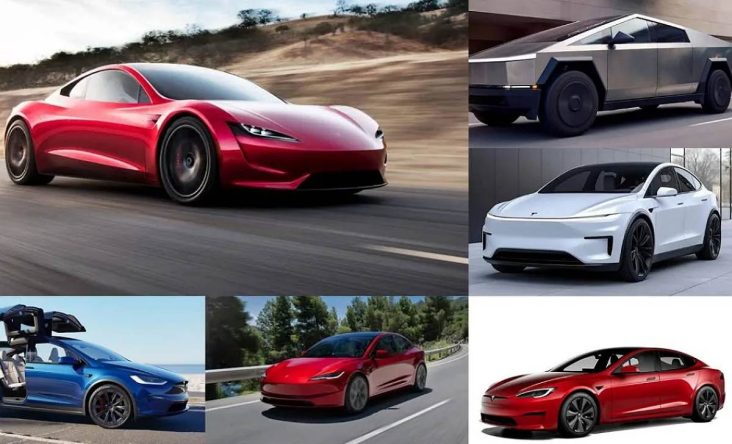It starts as a faint creak — maybe when turning into your driveway or backing out of a tight parking space. But soon it sounds like your Tesla is creaking louder than a pirate ship in a hurricane.
And here’s the kicker: even if you’re a skilled mechanic, fixing it yourself might void your warranty. That’s the exact dilemma Anthony Thompson, an automotive technician, faced when his Tesla began making strange suspension noises just days after buying it.
“Glad I have a warranty on my Tesla,” he wrote in the Tesla Tips & Tricks Facebook group.
“It’s making this loud creaking noise when turning slowly. I’m a mechanic, but I don’t want to void the warranty. Tesla quoted $2,500 for suspension work… and $800 for a coolant pack. Dang.”
You’re a Mechanic… But You Can’t Fix Your Own Tesla?
For Anthony, who bought his used Tesla through Carvana, the creaking wasn’t just annoying — it was expensive.
- The car had less than 45,000 miles
- The noise came from the suspension
- The dealership’s solution? Full component replacements, not just a simple part swap
Even worse, Tesla’s service model doesn’t encourage DIY fixes. Even removing a bolt or applying grease can trip internal service logs — and potentially flag your car for warranty denial.
Other Tesla Owners Are Dealing With the Same Thing
Anthony’s post struck a chord. Other Tesla owners shared their own creak-related horror stories:
- Torry Keyes-Burwell: “Mine did the same thing — it was the control arms.”
- Emily Tran: “Very common issue. There was even a recall for it in some older Model 3s.”
- Michael Vekris: “It’s a $90 part. But the estimate includes every possible component, just in case.”
Why Does a $90 Fix Turn Into a $2,500 Bill?
Welcome to Tesla’s bundled repair model — a system where even minor parts are grouped into larger assemblies. Rather than isolate the faulty part, service centers often replace everything just to be safe.
- You’re not just paying for the part.
- You’re paying for diagnostics, labor, and liability coverage.
For those without a warranty? That’s where the real pain begins.
Warranties Can Save You — If You Have One
Take Andrew Bregel, who said:
“My warranty paid for itself. Heat pump went out. Then upper and lower control arms needed replacing. Covered everything.”
Others, like Nick Lamont, found DIY workarounds:
“I injected grease into the joints — quieted the noise on my 2020 Model 3.”
But again, modifying or tampering with suspension parts can void your warranty — even if you’re just trying to help your car last longer.
Why Is This Happening to So Many Teslas?
It’s not just Tesla. Other automakers, like Chevy, have faced similar upper control arm issues in relatively new vehicles.
But with Tesla, the problem often lies in:
- Proprietary parts and locked ecosystems
- Tightly integrated systems (cooling, braking, suspension)
- A lack of transparency about what’s actually being replaced
In Anthony’s case, even the $800 “coolant pack” wasn’t clearly explained. Welcome to the world of Tesla repair mystery pricing.
Can You Prevent This?
You might not avoid it completely, but you can reduce your chances of ending up in the same situation:
- Listen early: Catch creaks and groans before they turn into full-on suspension failures
- Use bushing grease and rust inhibitors (but know the warranty risks)
- Stick with routine maintenance and log any issues you notice
- If you’re buying used, ask for a detailed service history — not just clean Carfax
Bigger Question: Should You Be Allowed to Fix Your Own Car?
This story highlights a bigger issue in modern car ownership: repair freedom.
If you own the car and know how to fix it — why shouldn’t you?
Tesla’s repair model has its defenders (for protecting quality), but many owners argue it feels like overreaching control that limits your freedom and inflates costs.
In conclusion, Tesla ownership can be smooth and exciting — until it isn’t.
And when it comes to suspension issues, it’s not just a creak — it’s a $2,500 decision with warranty strings attached.
Let’s Talk
Have you ever hesitated to repair your own car out of fear of voiding a warranty?
Do you think Tesla’s service model protects quality or just limits your control?
Drop your experience in the comments. Let’s get this conversation rolling — one creaky suspension at a time.
